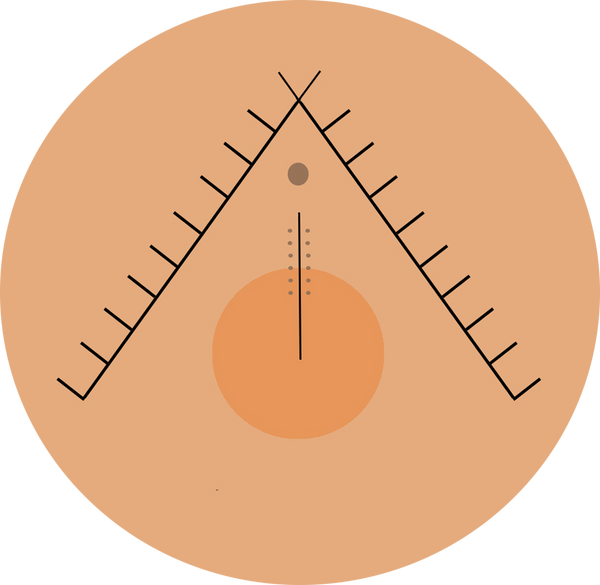
The Journey of a Moroccan Rug
Share
The Journey of a Moroccan Rug: From Sheep to Masterpiece
Few decorative pieces carry as much history, artistry, and cultural identity as a Moroccan rugs. Each rug is a masterpiece, crafted with techniques passed down through generations. But before it graces a living room or bedroom, a Moroccan rug begins a remarkable journey—from the back of a sheep to a work of art admired worldwide.
Moroccan wool rugs add warmth, color, and cultural heritage to any home.
Discover how raw wool transforms into a beautiful rug in this short film: Moroccan Rug-Making Video.
For more inspiration on traditional patterns and colors, explore the Rijksmuseum Collection.
And if you want to pair your rug with the perfect seating, check out IKEA sofas.
Step 1: The Source of Wool
The journey begins with the sheep that graze in Morocco’s mountains and valleys. Their wool is the foundation of every authentic rug. Unlike synthetic fibers, wool is natural, renewable, and eco-friendly. It provides durability, warmth, and softness, making it the ideal material for rugs designed to last generations. After shearing, the raw wool is carefully washed to remove impurities while keeping its natural oils that add shine and resilience.
Step 2: Spinning and Preparing the Wool
Once cleaned, the wool is spun into yarn using traditional hand spindles or wooden spinning wheels. This step transforms loose fibers into strong, versatile threads. Artisans often dye the yarn at this stage using natural pigments derived from plants, roots, and minerals. The deep reds, earthy browns, vibrant oranges, and calming blues reflect Morocco’s landscapes and cultural heritage. The ability of wool to hold rich color ensures that Moroccan rugs remain vibrant for decades.
Step 3: The Weaving Process
With yarn prepared, the weaving begins. This is where artistry and skill shine. Women of the tribe, often taught by their mothers and grandmothers, sit at wooden looms to knot each thread by hand. Every rug can take weeks or even months to complete, depending on its size and complexity. Patterns are rarely drawn on paper; instead, artisans weave from memory and intuition, embedding cultural symbols that represent fertility, protection, family, or nature. Each rug is not just a decorative item but a woven story.
Step 4: Symbolism and Cultural Meaning
A Moroccan rug is more than colors and patterns—it is a reflection of identity. Geometric shapes, diamonds, and zigzags often symbolize life stages, while lozenges may represent femininity or protection. Each tribe, whether from Boujad, Beni Ourain, or Azilal, has its own signature style. This cultural diversity ensures that no two rugs are ever the same, and each carries the soul of its maker.
Step 5: Finishing Touches
After weaving, the rug is carefully cut from the loom and finished by hand. Edges are secured to ensure durability, and the rug is brushed to enhance softness. Some rugs are even washed again to create a slight patina, giving them a vintage, timeless look. This final stage is when the rug truly becomes a masterpiece ready for modern interiors.
Moroccan Rugs in Today’s Homes
Today, Moroccan rugs are beloved worldwide for their boho-chic aesthetic, durability, and versatility. They are perfect for high-traffic areas thanks to the strength of wool, yet soft and comfortable enough for bedrooms and nurseries. Whether used as a bold centerpiece in a minimalist loft or a cozy addition to a traditional home, each Moroccan rug connects its owner to centuries of tradition.
Conclusion

The journey of a Moroccan rug is one of transformation: from sheep’s wool to a handwoven treasure that carries culture, artistry, and resilience. Every knot tells a story, every pattern preserves a tradition, and every rug becomes a masterpiece for the home. Investing in an authentic Moroccan rug means bringing history, craftsmanship, and timeless beauty into your space.
